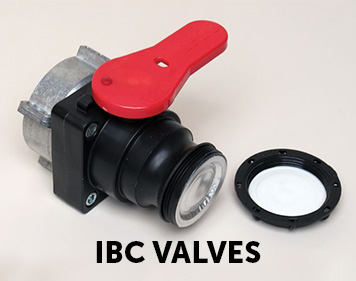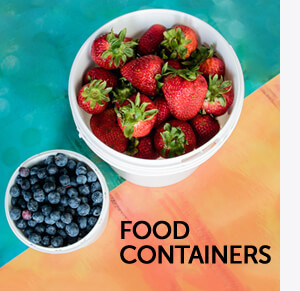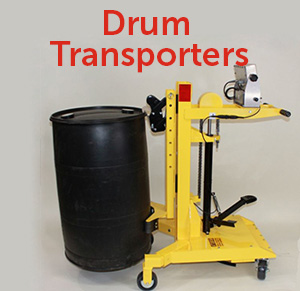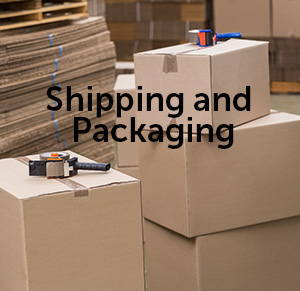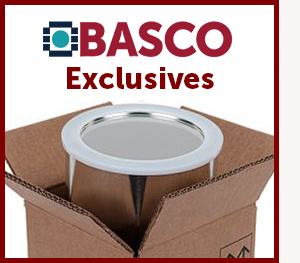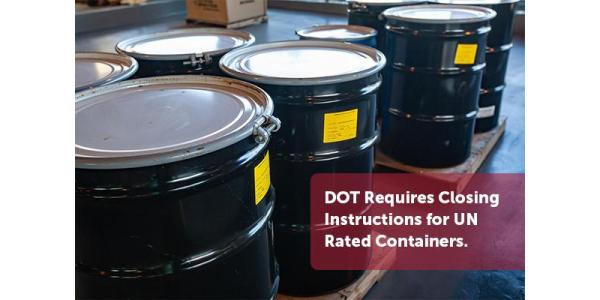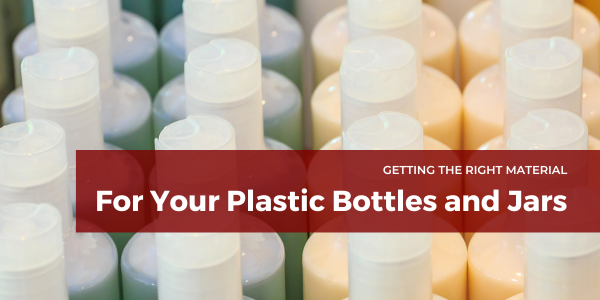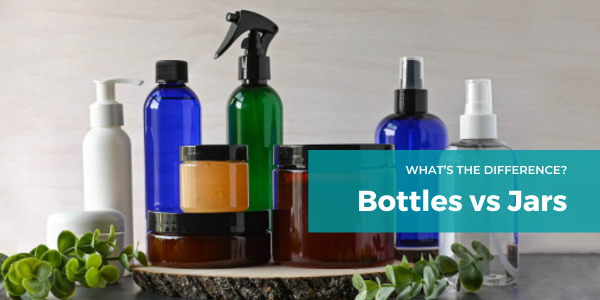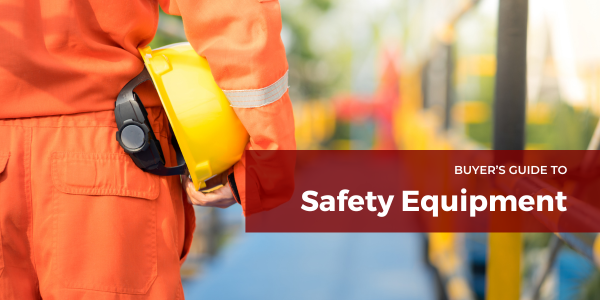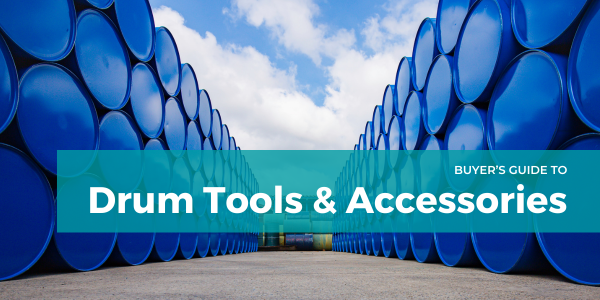DOT Requires Detailed Closing Instructions For U.N. Containers
Department of Transportation (DOT) regulations not being adhered to spells adverse effects for businesses. And yes, this means also following closing instructions for even empty drums. Here's why.
Question: How do U.S. Department of Transportation (DOT) regulations on closure instructions for hazardous materials affect you?
Answer: According to the DOT [49 CFR 178.2 (c) (1) (ii)], closing instructions are required to be provided to whomever a packaging is transferred. The closing instructions contain “information specifying the type(s) and dimensions of the closures, including gaskets and any other components needed to ensure that the packaging is capable of successfully passing the applicable performance tests. This information must include any procedures to be followed, including closure instructions for inner packaging and receptacles, to effectively assemble and close the packaging for the purpose of preventing leakage in transportation.”
Just as important, fillers and shippers of hazardous materials packaging must follow the closing instructions they receive. This includes making sure you apply the correct torque to all drum closures. Recently, a shipper of flammable liquids was fined $6,500. According to DOT, the shipper “offered flammable liquid, n.o.s., in packaging marked as meeting a UN standard that was not closed in accordance with the manufacturer’s closure notification and thus was unauthorized…”
Each type of closure and each type of material (steel or plastic) requires a different torque for proper closing. Keep the closing instructions you receive on file, and carefully check them for the correct torque values. And, of course, be sure to use an accurate, reliable torque wrench. BASCO torque wrenches have color-coded handles to help make sure you use the correct torque.
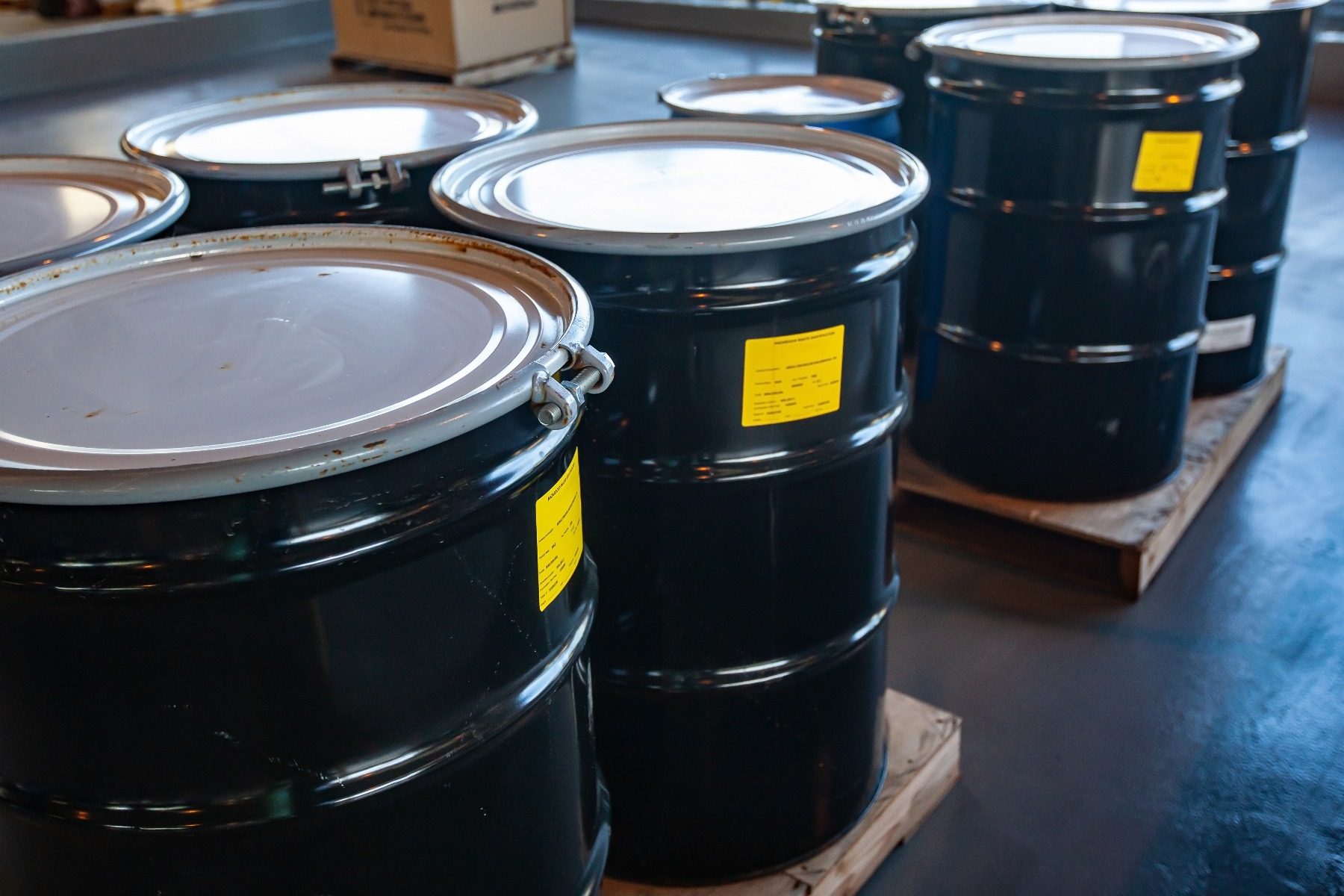
Question: What about empty drums? Do I need to follow closing instructions for them?
Answer: An UN-specification steel drum may look “empty”, but if there is any residual hazardous material clinging to the inside, shippers must follow the same closure procedures as if the steel drum was filled to capacity, according to the DOT’s Pipeline and Hazardous Materials Safety Administration.
The pertinent regulation is Title 49 of the Code of Federal Regulations (CFR), Section 173.29, which reads: “Except as otherwise provided in this section, an empty packaging containing only the residue of a hazardous material shall be offered for transportation and transported in the same manner as when it previously contained a greater quantity of that hazardous material.”
It is important to note that such shipments are not subject to the shipping paper requirements of Title 49 when they are transported for reconditioning, remanufacture or reuse and the shipper uses a private or contract carrier. (Shipments made by common carrier still require the paperwork.)
Exceptions to the close-even-when-empty rule include:
• If the shipper is both loading and unloading the “empty drum,” the company can skip the hazardous material shipping instructions, warning labels and/or placards.
Applying the proper amount of torque to drum closures is one of the important closing instructions that fillers and shippers must follow.
• A container that is “sufficiently cleaned of residue and purged of vapors to remove any potential hazard” doesn’t need to be closed.
• A container that is refilled with a non-hazardous material so that any hazardous residue no longer poses a hazard also doesn’t require the shipper to follow closure procedures.
• If the residue does not meet Section 171.8’s definition of a hazardous substance, hazardous waste, or a “marine pollutant,” the “empty” drum need not be closed. The same is the case for drums with residue that is not poisonous when inhaled or it is “shipped under the subsidiary placarding provisions of Section 172.505.
To ensure the proper closure of hazardous material drums and other containers, discover the power of torque wrenches and drum tools here.


